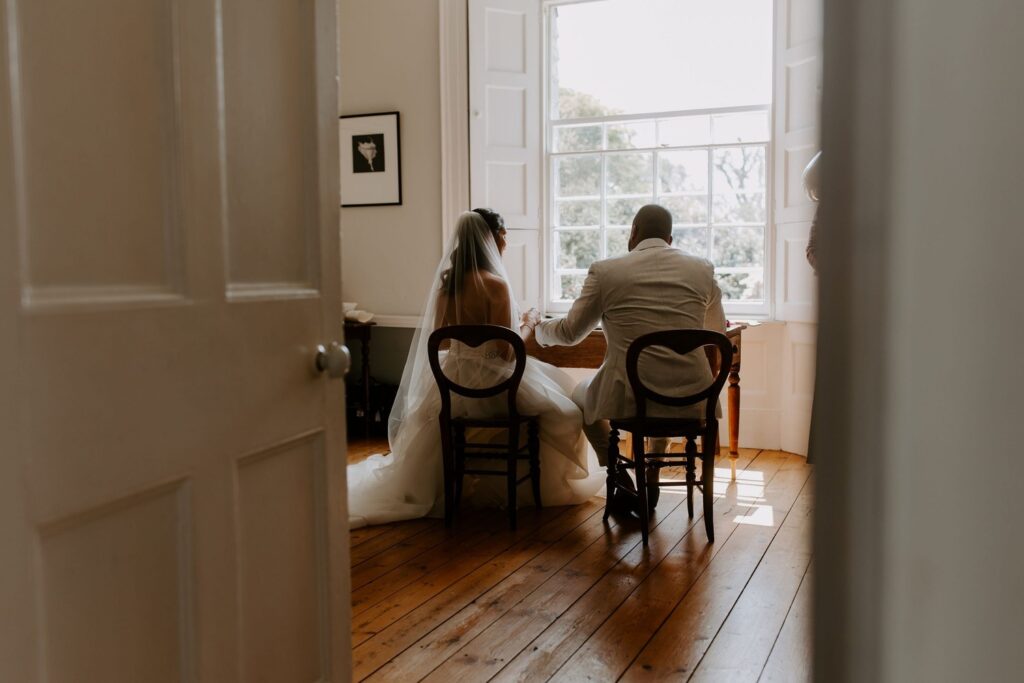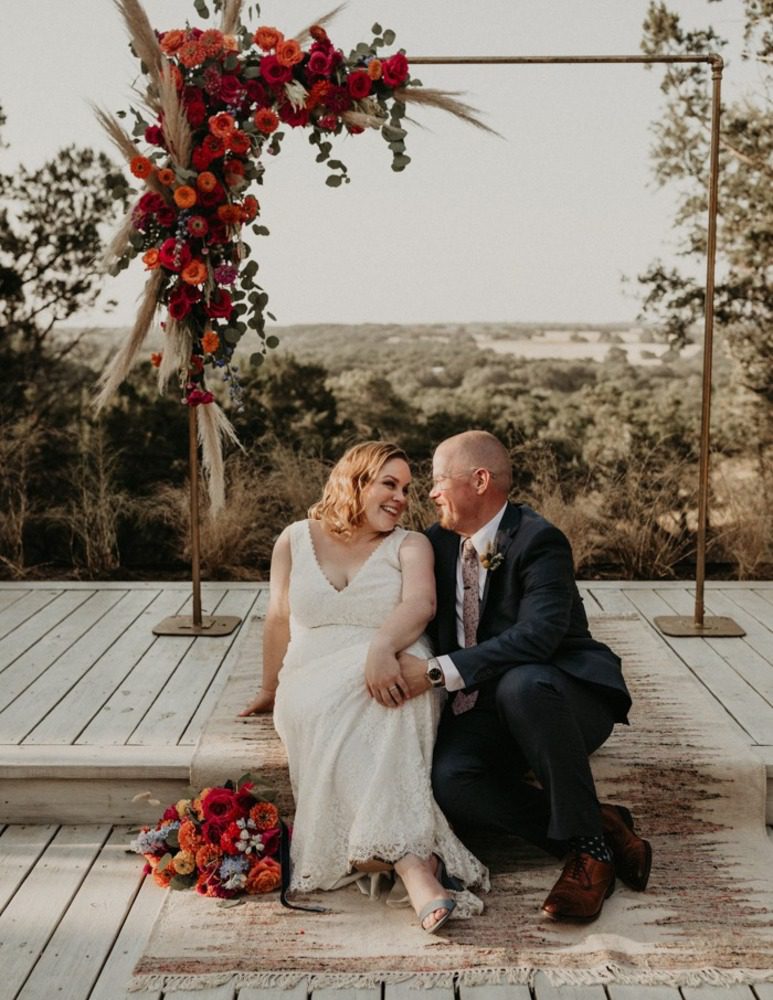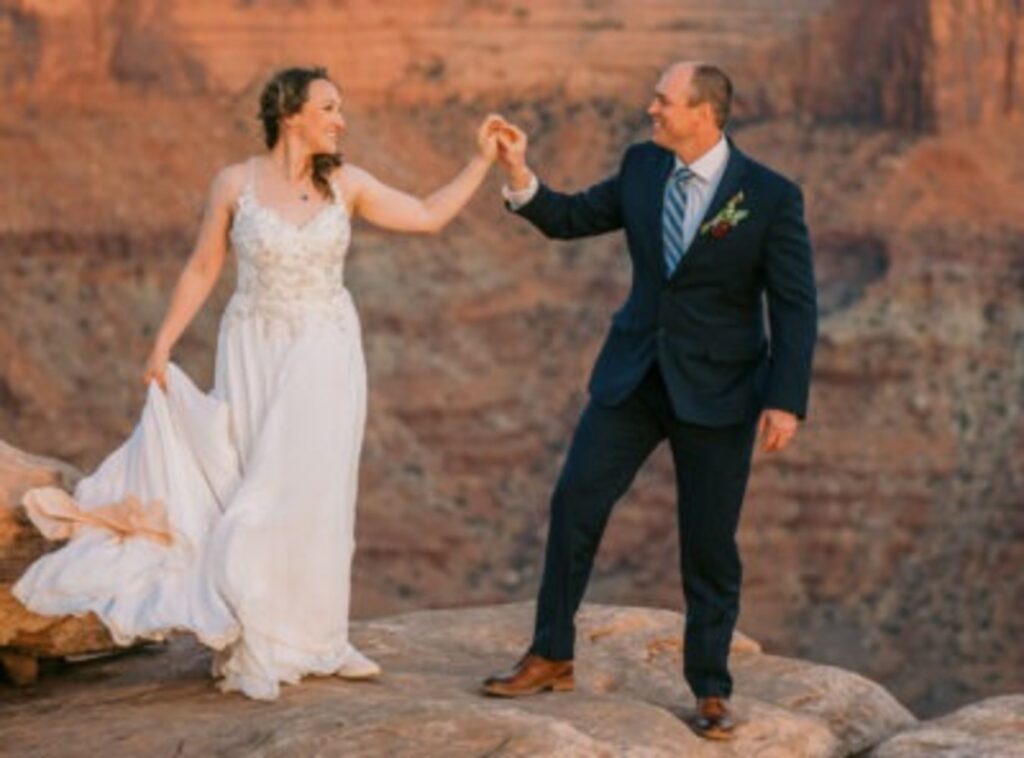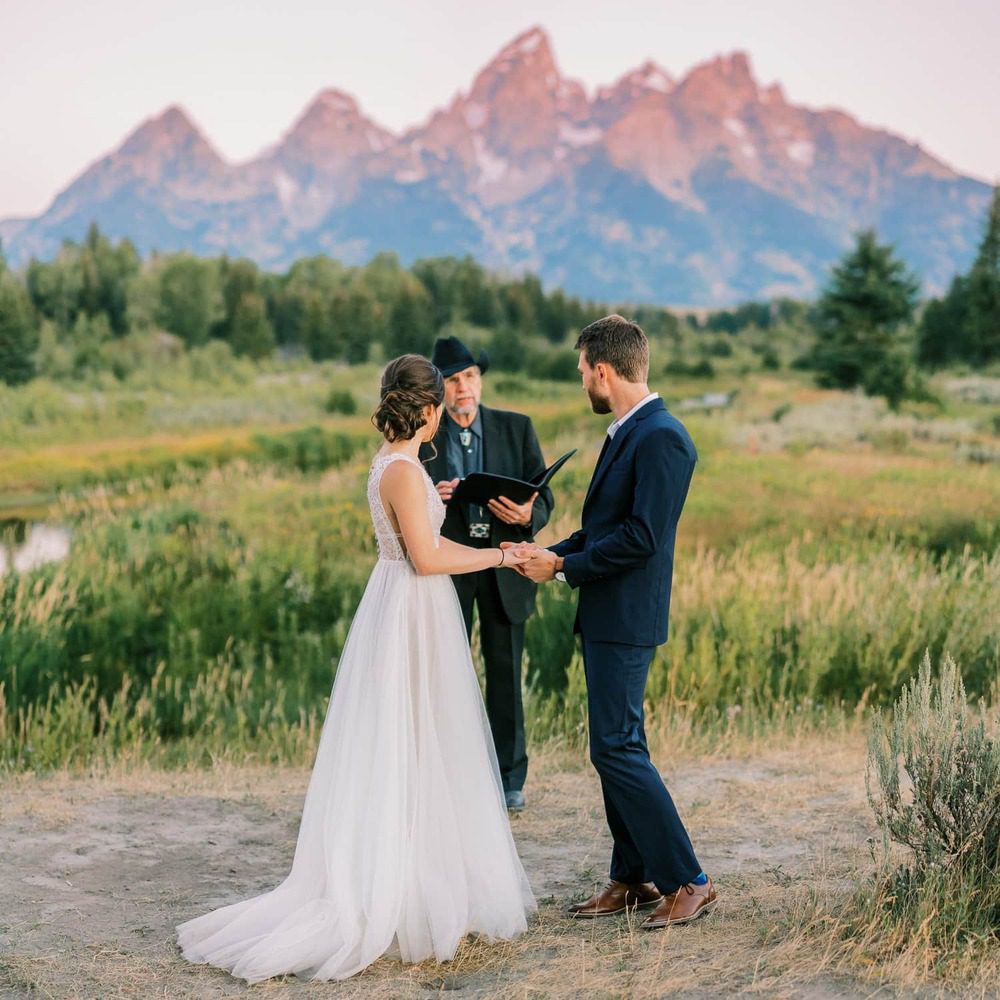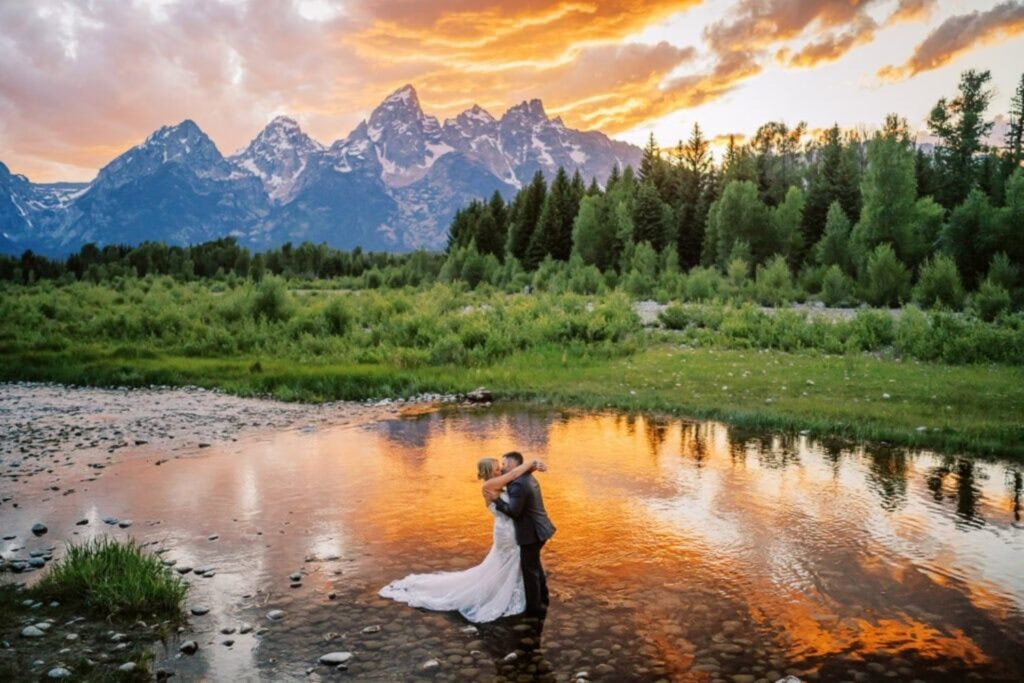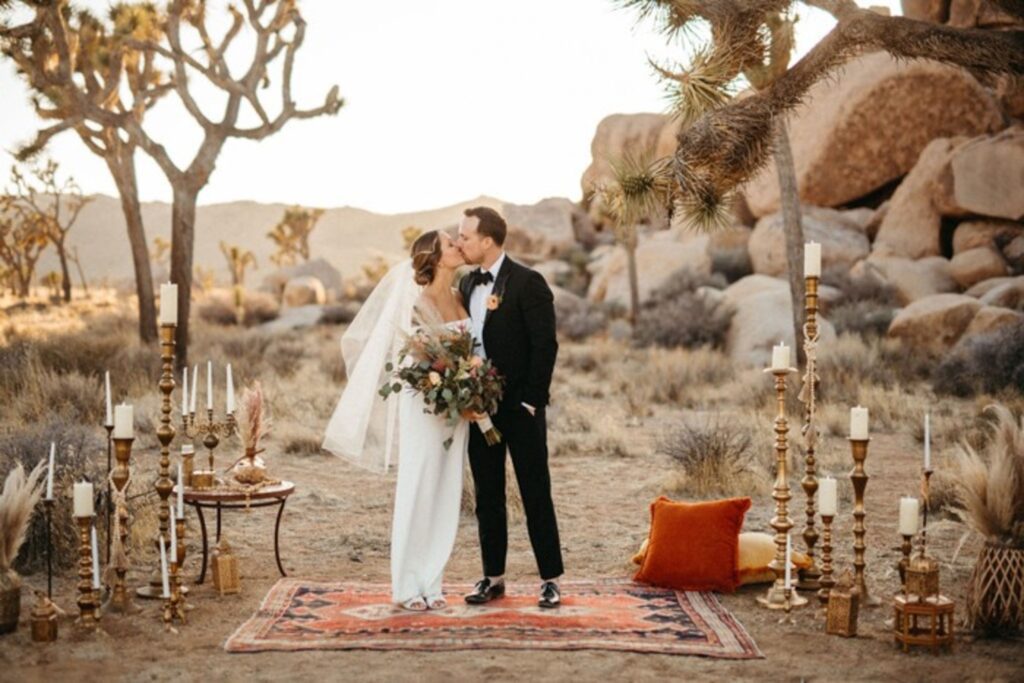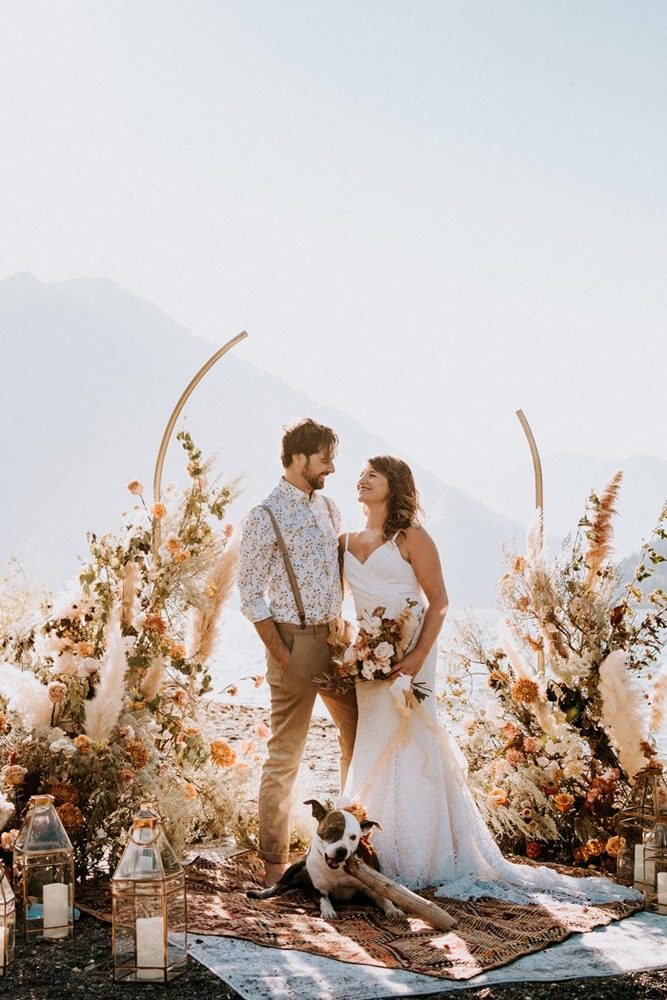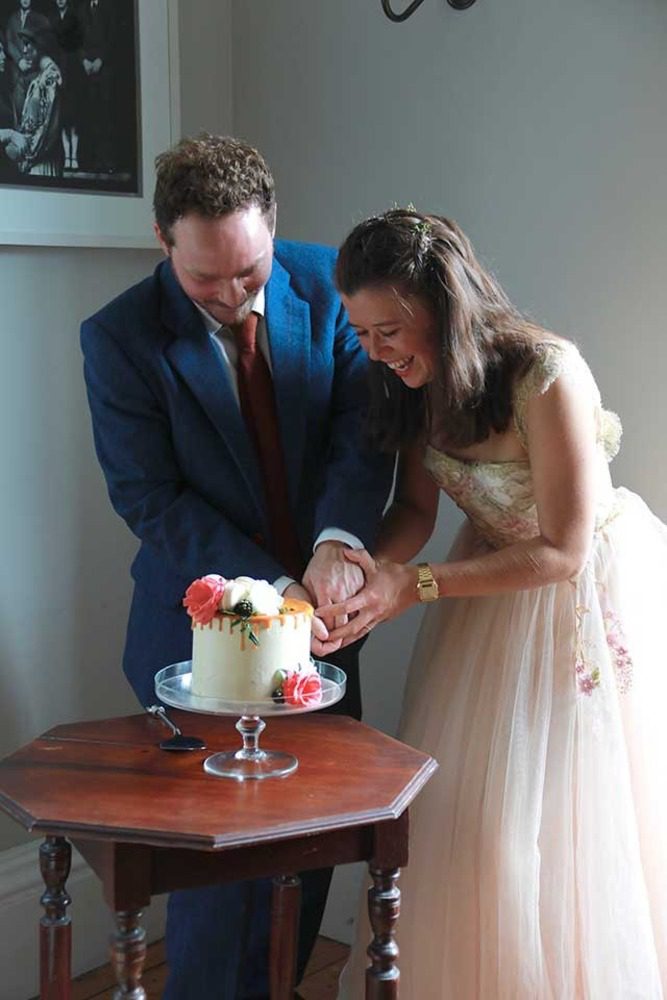In a world where love knows no bounds and traditions continue to evolve, one wedding trend has taken the spotlight in recent years elopement weddings. But what does elopement mean? How is it different from a traditional ceremony? And more importantly, is it right for you?
Whether you’re dreaming of an intimate exchange of vows on a mountain peak or a quiet beachside ceremony with just the two of you, this guide will walk you through everything you need to know about eloping. From the meaning and evolution of elopements to the pros, cons, legal steps, and planning tips, this is your ultimate guide to saying “I do” your way.

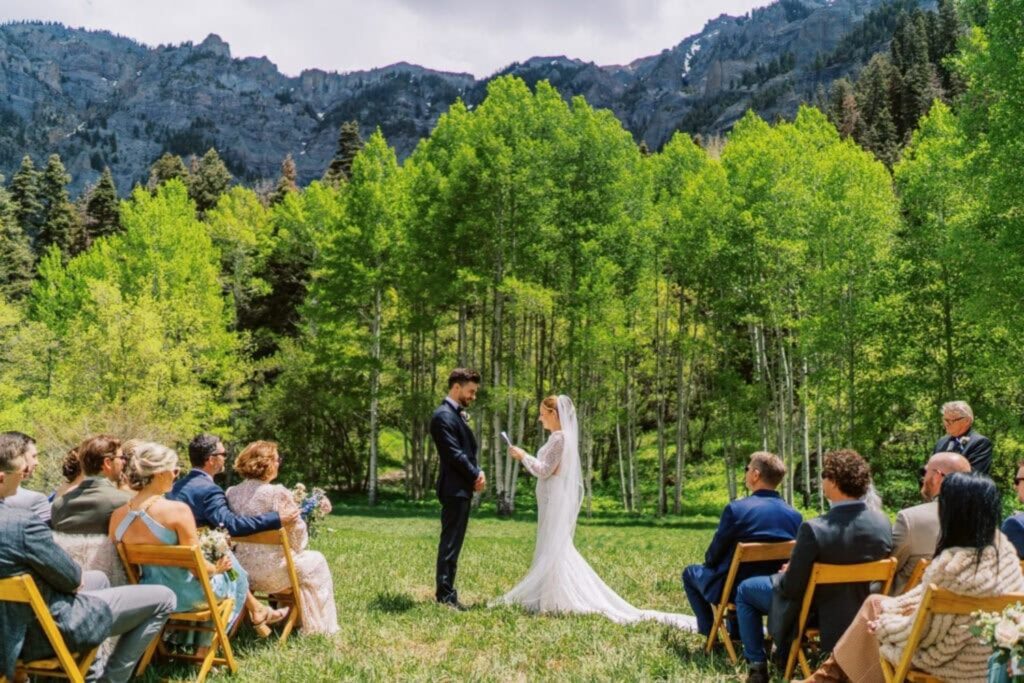
What Does Elopement Mean?
At its core, the word elopement traditionally meant a couple running away to get married without parental consent, often in secrecy. But in modern times, the definition has transformed significantly.
Modern elopement meaning:
An elopement today is an intentional, intimate wedding experience that focuses on the couple rather than a large event. It usually involves a small guest list (if any), unique locations, and a more personal connection between the partners.
In short, what does elopement mean now?
It’s no longer about secrecy—it’s about simplicity, intimacy, and authenticity.
Why Are More Couples Choosing to Elope?
In the age of social media pressure, rising wedding costs, and changing cultural norms, elopements are becoming a refreshing alternative to big, traditional weddings. Here’s why:
1. Freedom from Expectations
Many couples feel overwhelmed by family traditions, social expectations, and the pressure to create a “Pinterest-perfect” wedding. Eloping frees you from those constraints.
2. Lower Costs
The average wedding in the U.S. costs over $30,000. An elopement can cost a fraction of that—especially when you choose a simple destination or combine it with your honeymoon.
3. Focus on Each Other
A small elopement allows couples to truly be present during their vows, rather than distracted by timelines, vendors, and 150 guests.
4. Adventure and Uniqueness
From waterfalls in Oregon to clifftops in Iceland, elopements let you choose meaningful and memorable places to tie the knot.
Traditional Wedding vs. Elopement: What’s the Difference?
| Aspect | Traditional Wedding | Elopement Wedding |
|---|---|---|
| Guests | 50–300+ guests | 0–20 guests |
| Cost | $20,000–$50,000+ | $500–$10,000 |
| Planning Time | 6–18 months | A few weeks to 3 months |
| Focus | Guests & family | The couple |
| Ceremony | Structured | Personalized & flexible |
| Venue | Hall, church, hotel | Mountains, beaches, forests, Airbnb |
| Vendors | Many (planner, caterer, florist, DJ, etc.) | Few (photographer, officiant) |
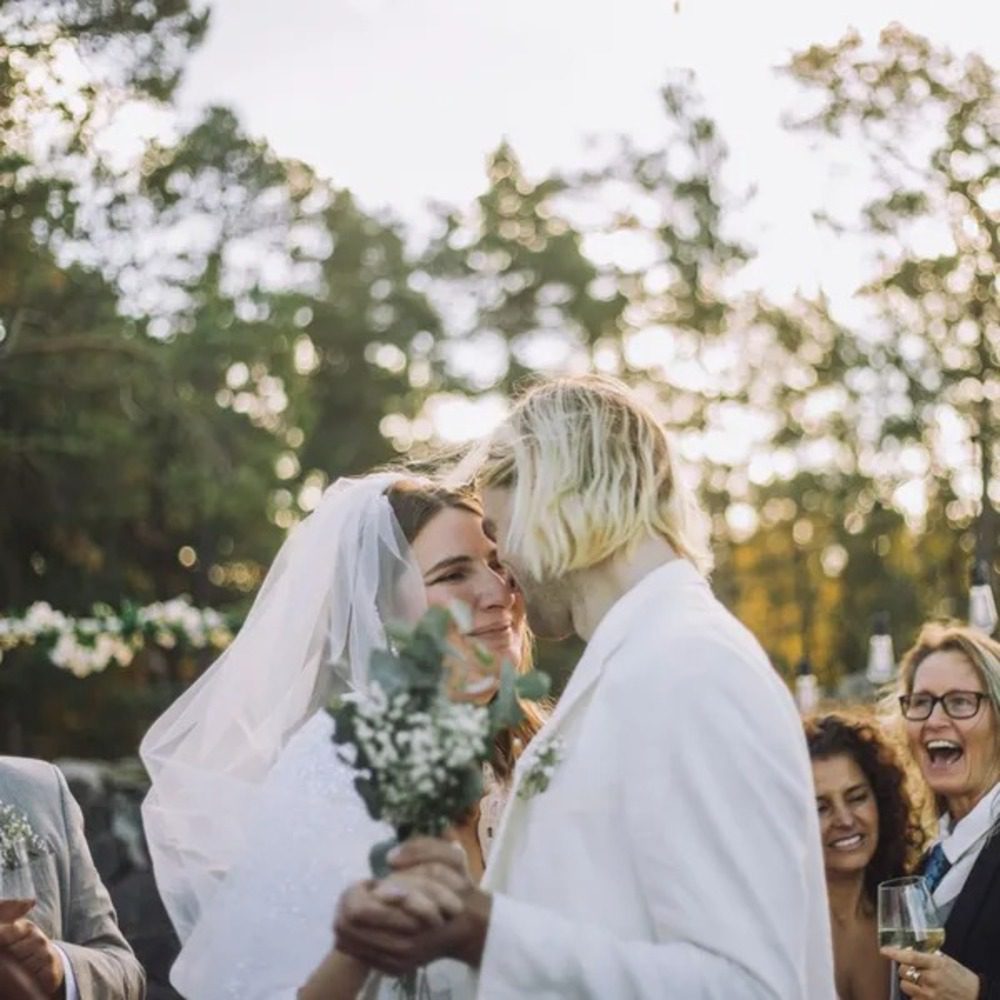
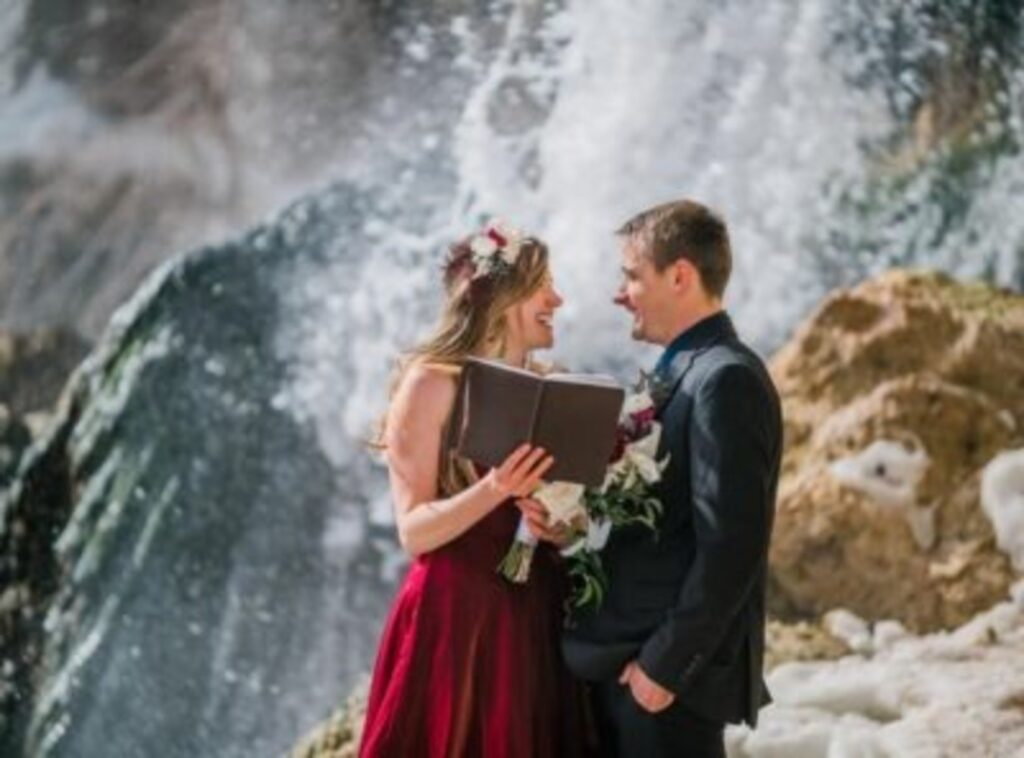

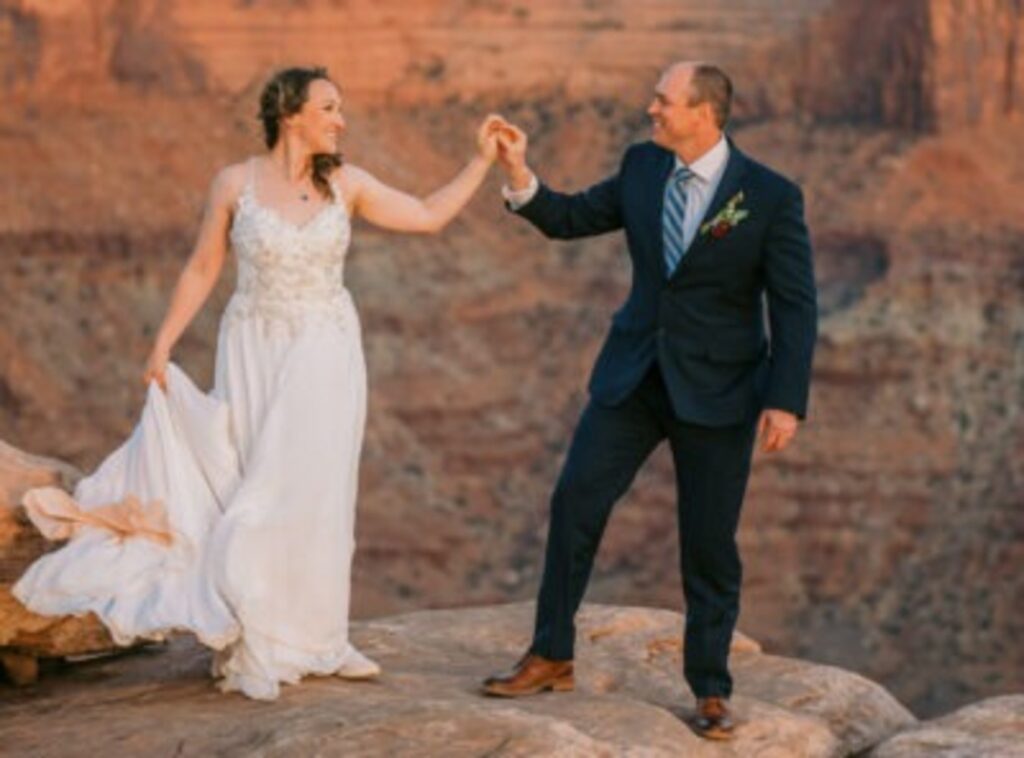
The Different Types of Elopement Weddings
Elopements come in all shapes and sizes. Here’s a breakdown:
1. Just the Two of You
A private vow exchange with no guests—just the couple, a photographer, and sometimes an officiant. Think mountaintop sunrises or secluded desert canyons.
2. Micro Wedding
A slightly bigger version of an elopement—up to 20 guests—but still deeply intimate. Perfect for couples who want family present but still avoid a full wedding production.
3. Adventure Elopement
For those who love the outdoors and want to hike, kayak, ski, or travel to an epic location as part of the ceremony.
4. Destination Elopement
Think Italy, Iceland, Hawaii, or the PNW—this type focuses on a gorgeous place, often combining the wedding with a honeymoon.
The Pros and Cons of Elopement Weddings
Pros
-
Intimate & meaningful: Focus entirely on your partner.
-
Budget-friendly: Save thousands of dollars.
-
Less stress: No guest list drama or wedding politics.
-
Adventure: Celebrate in a location that excites you.
-
Flexibility: No strict timeline or rigid rules.
Cons
-
Family disappointment: Some relatives may feel left out.
-
Limited celebrations: No reception or big party.
-
Less traditional: Not everyone understands or respects the decision.
-
DIY planning: Without a planner, you’re organizing everything.
How to Plan an Elopement Wedding: Step-by-Step Guide
Here’s a simplified roadmap to planning your elopement:
1. Decide What Elopement Means to You
Do you want to include family? Travel somewhere exotic? Combine with your honeymoon? Define your vision first.
2. Set a Budget
Even small weddings have costs: travel, permits, attire, photographer, officiant, and accommodations.
3. Pick a Location
Choose a place that’s meaningful to you both. Consider:
- National parks (Yosemite, Zion, Olympic)
- Beach elopements (Oregon Coast, Hawaii)
- International destinations (Iceland, Italy)
4. Hire an Elopement Photographer
Choose someone experienced in elopements. They’ll help with location scouting, permits, timeline planning, and more.
5. Check Legal Requirements
Every state/country has different marriage laws. Research:
- Marriage license
- Waiting periods
- Witness requirements
- Officiant eligibility
6. Book Vendors (if needed)
You might want to include:
- Hair & makeup artist
- Florist (bouquet or flower crown)
- Videographer
- Private chef or catering
7. Create a Timeline
Keep it loose and flexible. Popular timelines include:
- Sunrise vow exchange
- Mid-day hike and picnic
- Sunset photos
- Candlelit dinner
8. Plan the Details
Think about:
- Vow books
- Champagne toast
- Keepsake box or letter exchange
- Special rituals (hand fasting, unity ceremony)
9. Tell Loved Ones
Whether you tell them before or after, be honest and kind. You could share a slideshow or host a celebration dinner later.
10. Elope & Celebrate!
Live your moment fully. Take in every detail. Your wedding should feel 100% you.
How Much Does an Elopement Wedding Cost?
Here’s a rough cost breakdown for a U.S.-based elopement:
| Item | Estimated Cost |
|---|---|
| Photographer | $1,000–$5,000 |
| Travel & Lodging | $500–$3,000 |
| Attire | $200–$2,000 |
| Marriage License | $50–$200 |
| Hair & Makeup | $150–$500 |
| Florals | $100–$500 |
| Officiant | $100–$500 |
| Total | $2,000–$10,000 |
Elopement Wedding Ideas & Inspiration
Need some inspiration? Here are fun elopement themes:
- Forest Elopement: Among mossy trees and Pacific Northwest pines.
- Beach Elopement: Sunset vows on Oregon’s coast or Hawaii’s Big Island.
- Desert Elopement: Red rock cliffs in Utah or Arizona.
- City Elopement: Rooftop vows or courthouse style in NYC or Paris.
- Snowy Elopement: Cozy up in a winter cabin or ski slope lodge.
What to Wear to an Elopement Wedding
Your elopement outfit should match your location, style, and comfort:
- Lightweight, flowy dresses for beach or mountain
- Hiking boots + elopement gown for adventure
- Casual suit or stylish separates for grooms
- Accessories: flower crown, bold earrings, hat, or leather jacket
Remember—there are no rules!


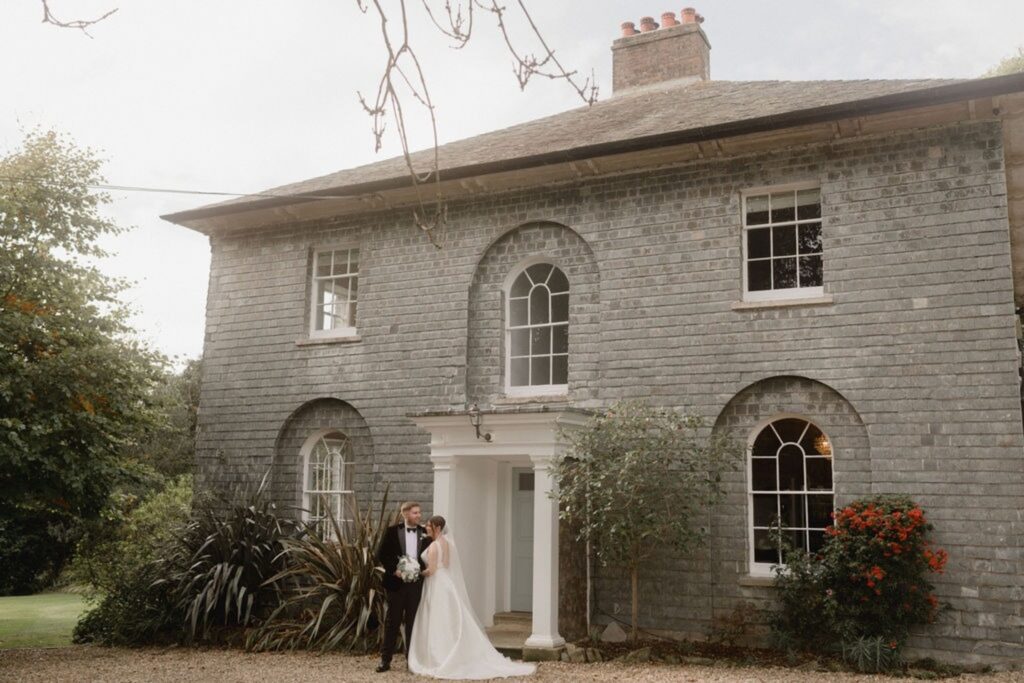
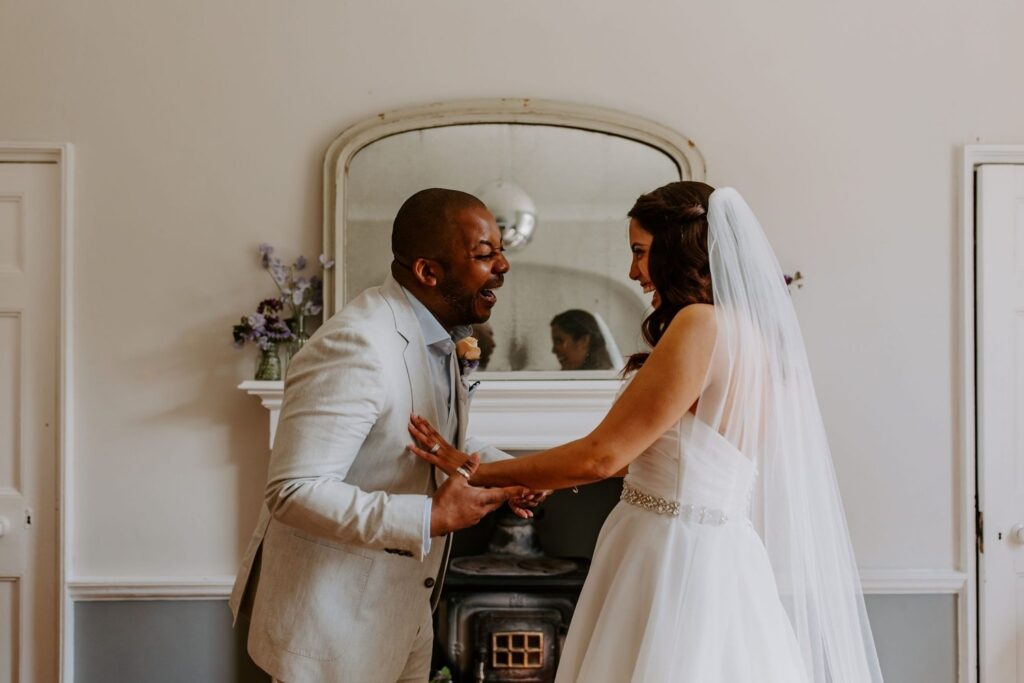
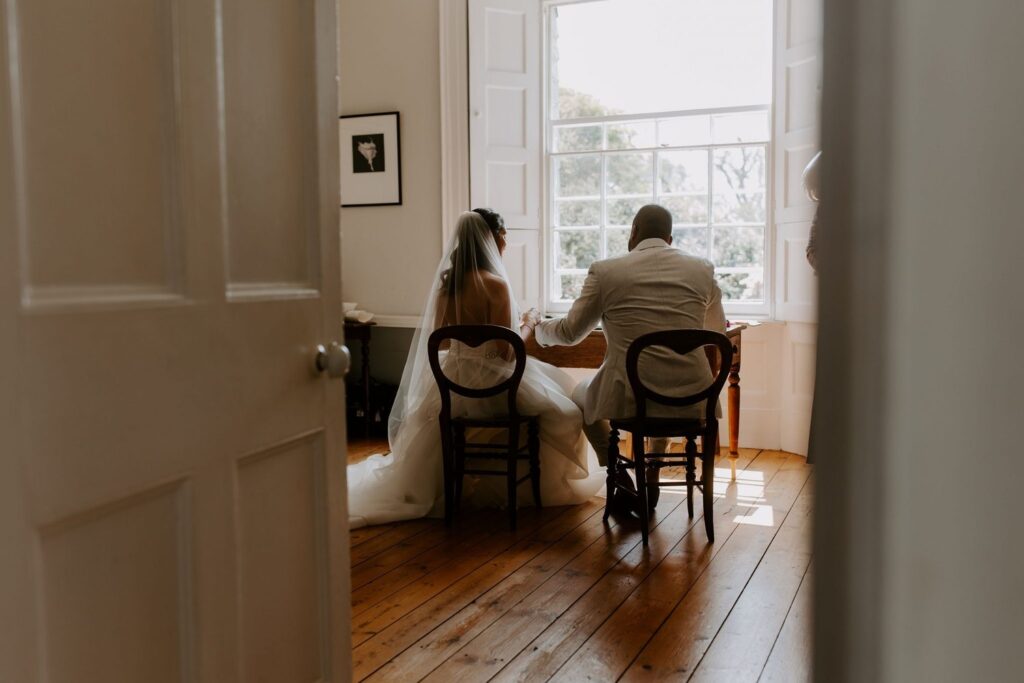

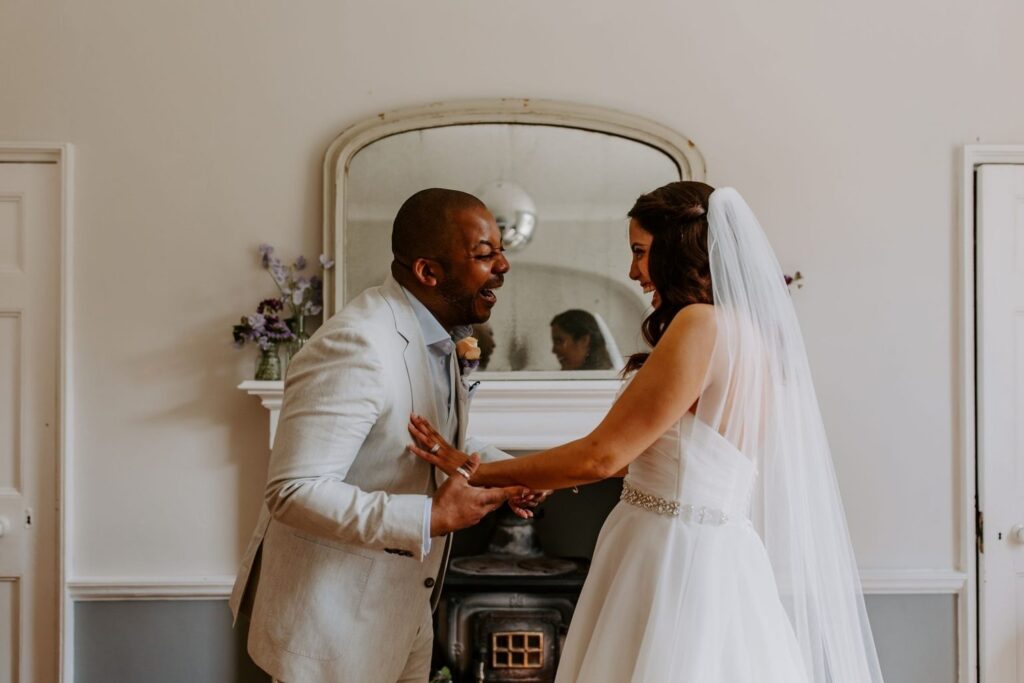
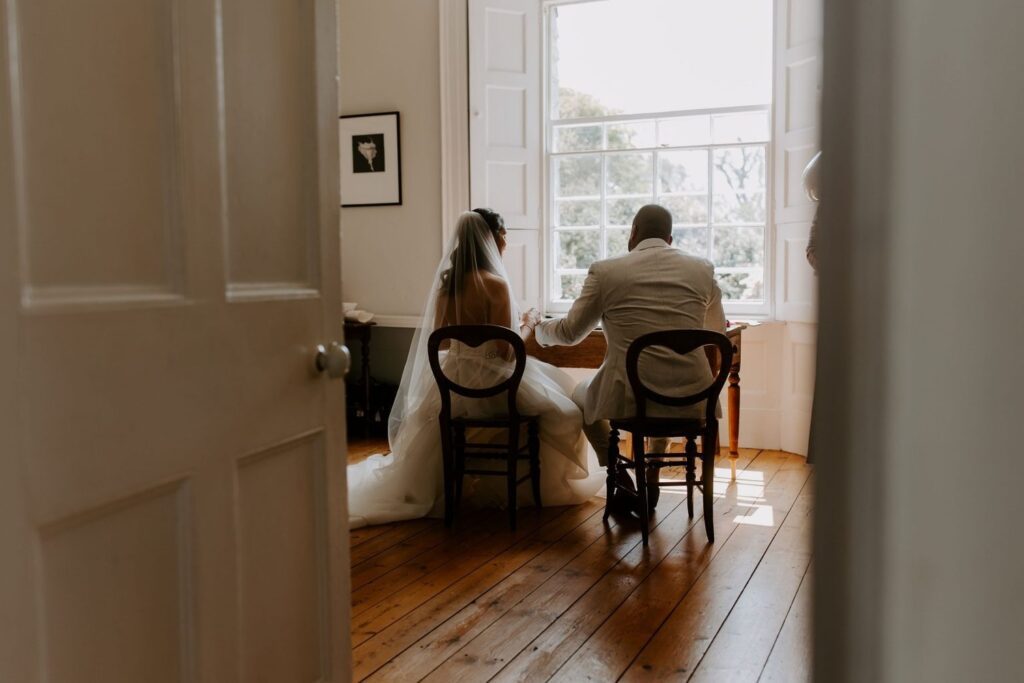
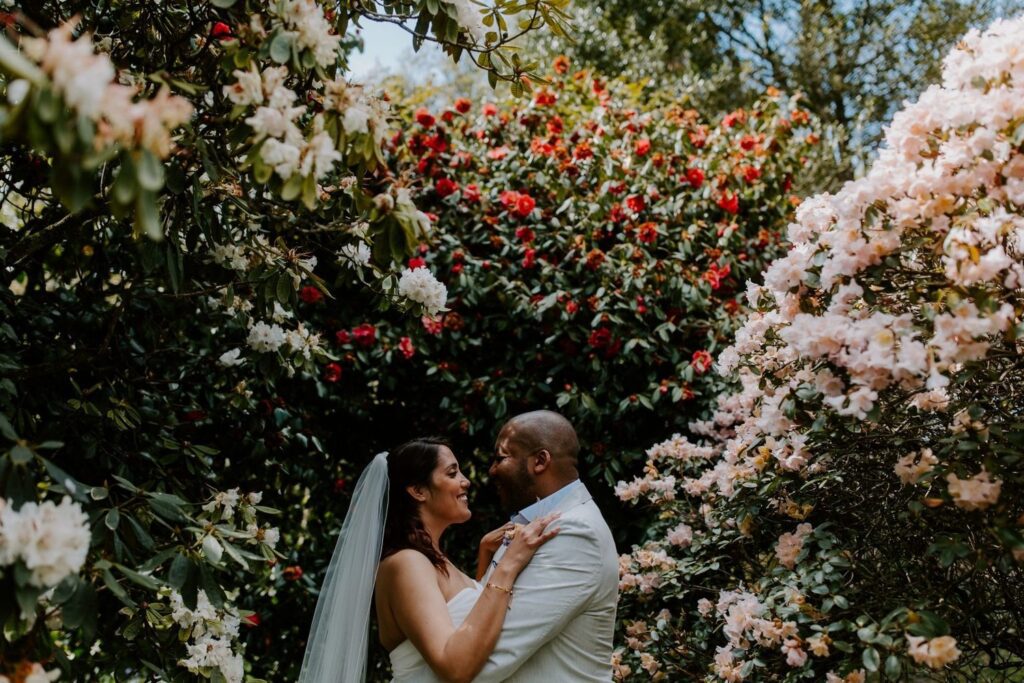
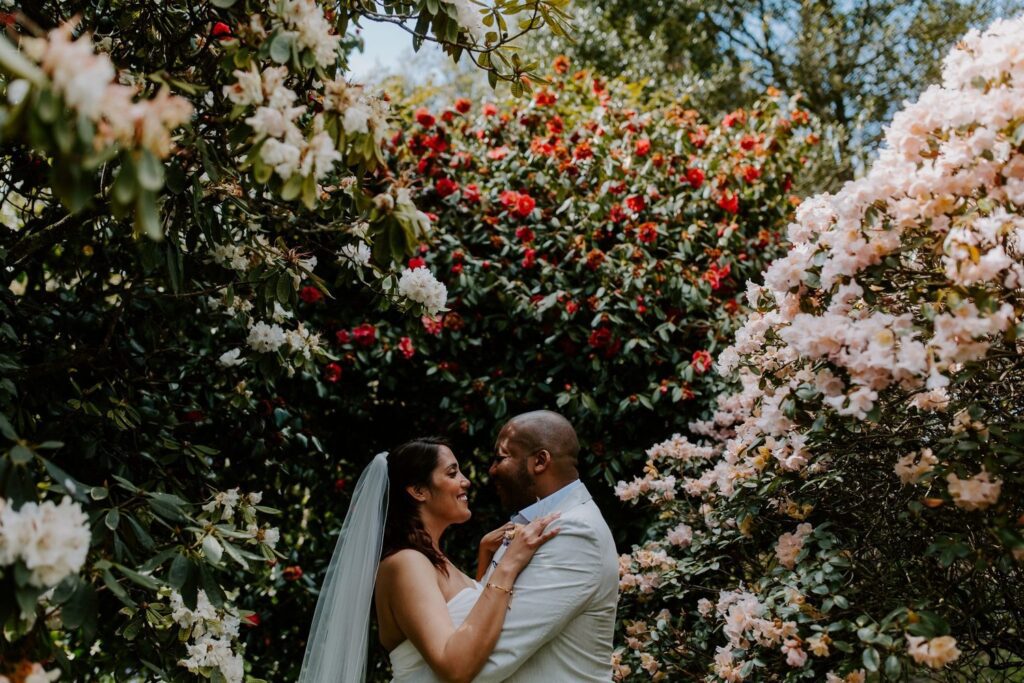
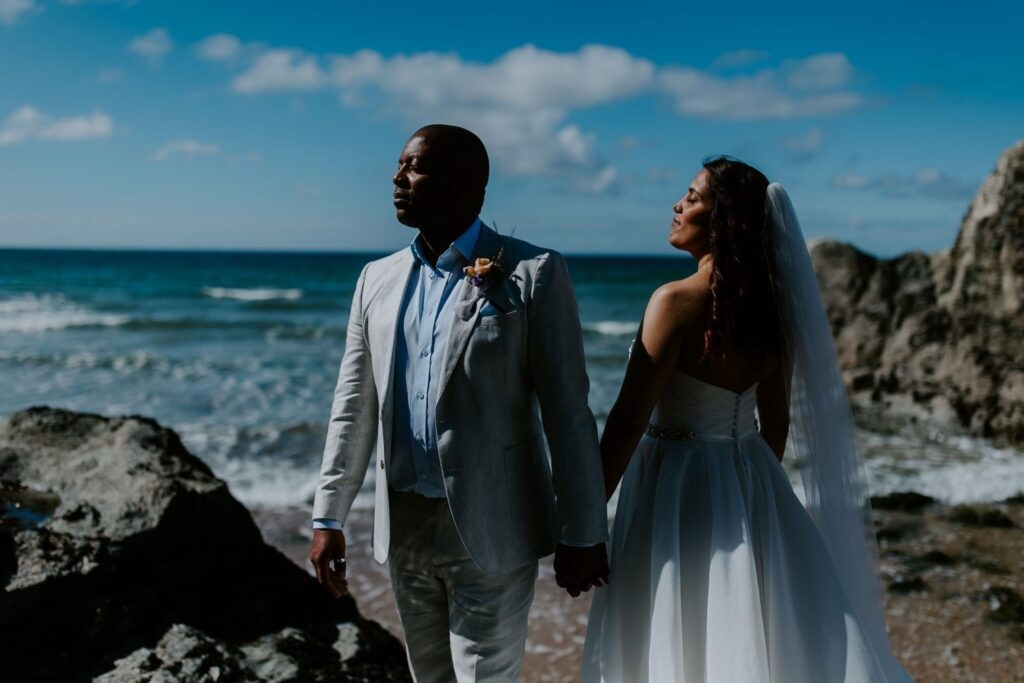

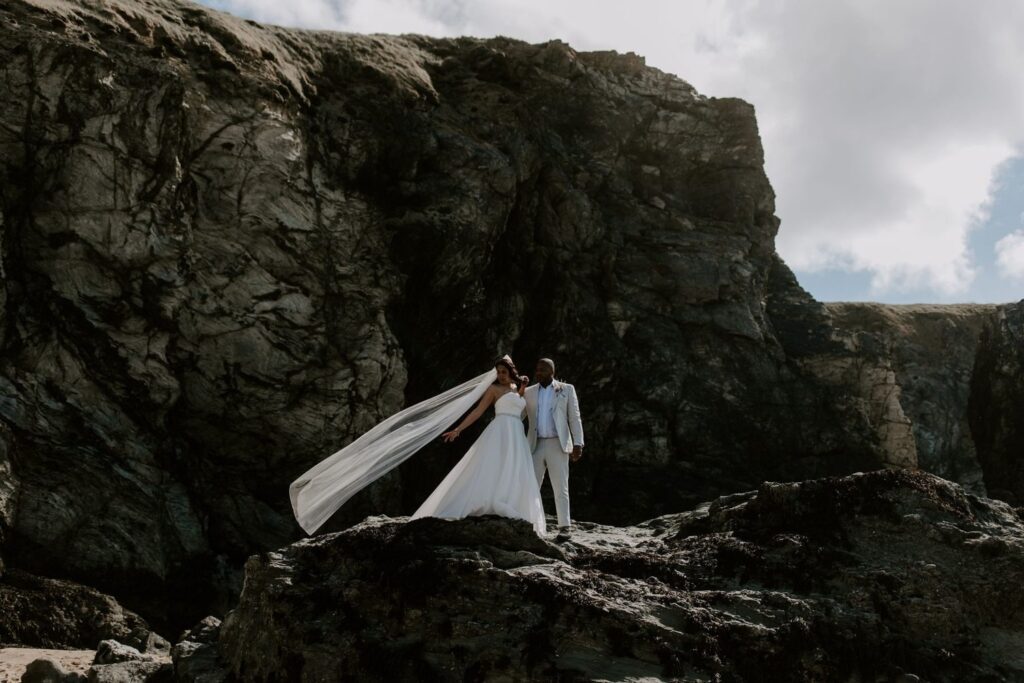
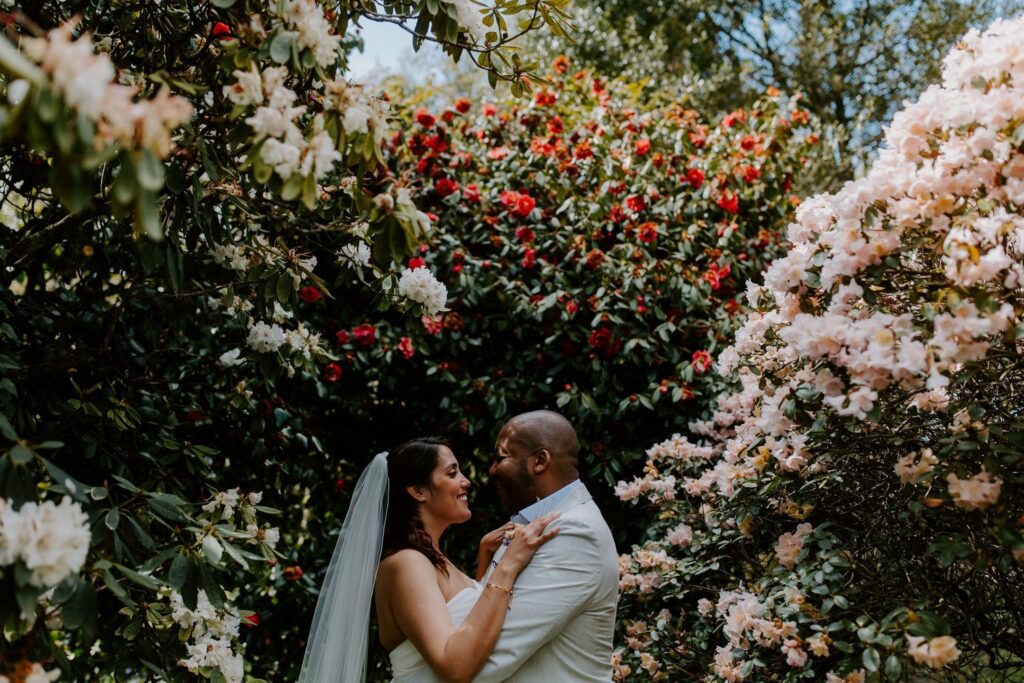
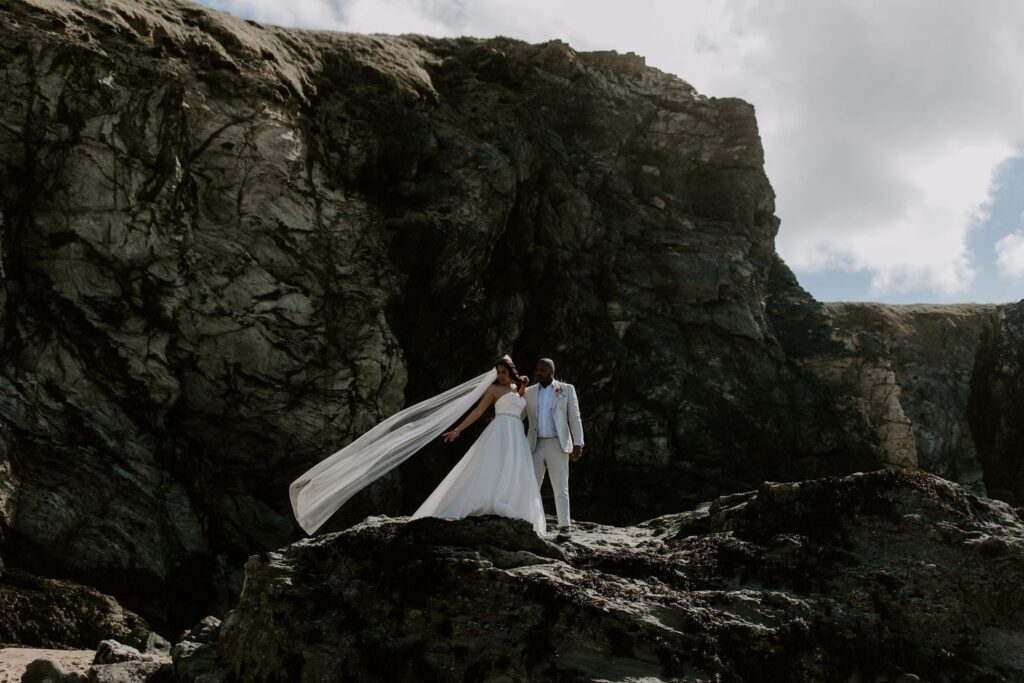

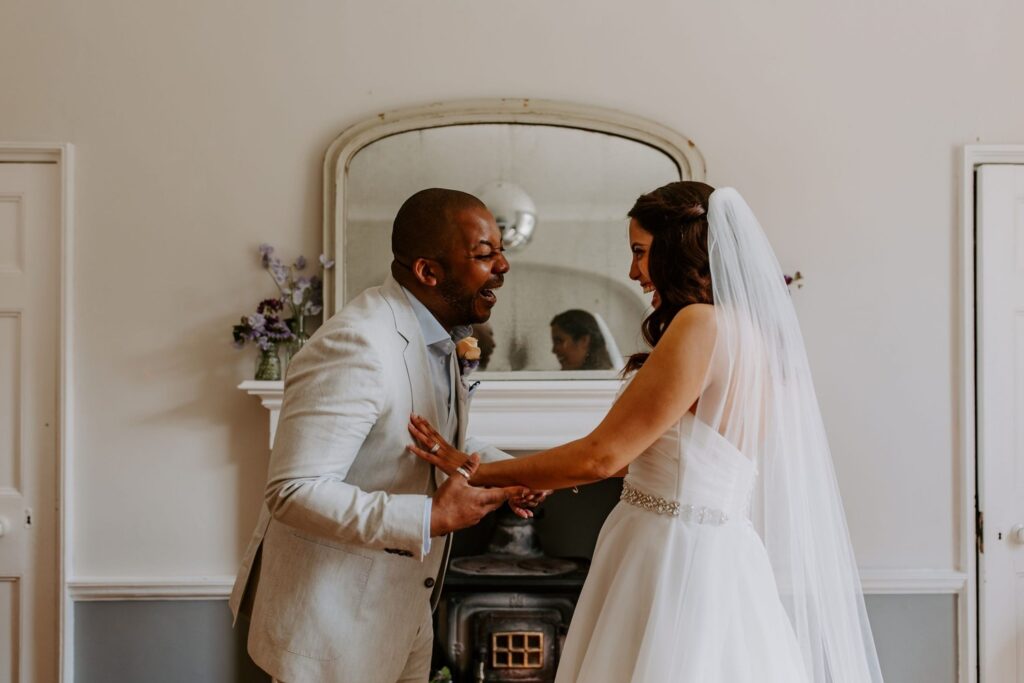


Final Thoughts: Should You Elope?
If you’re wondering whether eloping is the right choice, ask yourself:
- Do we want our wedding to be just about us?
- Do we value experience over formality?
- Do we want a stress-free, budget-friendly celebration?
If you answered yes to most of these, eloping might be the perfect way to start your marriage journey.
Remember—your love story deserves to be celebrated your way, whether that’s surrounded by 200 guests or just the birds in the forest.
Frequently Asked Questions (FAQ)
What does elopement mean today?
It means choosing a deeply personal, small, and meaningful wedding experience—usually without guests or with just a few loved ones.
Is an elopement legally binding?
Yes, as long as you follow the legal requirements for your location.
Can we elope and still have a party later?
Absolutely! Many couples host a celebration dinner or a big reception months later.
Do we need an officiant?
Yes—unless you’re getting married in a state like Colorado or Pennsylvania, where self-solemnization is legal.
Can we include vows, rings, and a ceremony?
Of course. Elopements can include all the traditional elements—just on a smaller scale.


